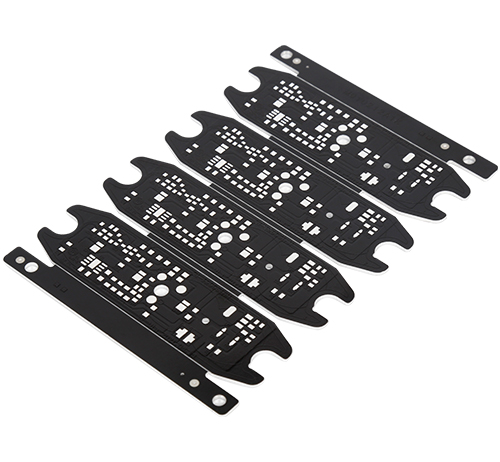Time:2022-07-15 Visit:
Filters in pcb circuit board design are critical circuits that any engineer must understand, and they have a simple mathematical representation that helps designers visualize their function. As part of filter design, simulation, and evaluation, Bode plots are an essential tool for visualizing filter outputs for harmonic inputs. Especially for linear time-invariant (LTI) systems, Bode plots show the transfer function of a circuit, which is an essential part of simulating causal systems in PCBs and integrated circuits.

One basic filter that can be constructed from simple passive circuit elements is the bandpass filter. If the resistance of the system is large enough, the graph of the Bode plot of a bandpass filter can be transformed into lowpass behavior, which is one aspect of the filter that can be seen visually. Here is a Bode plot of how to interpret and use a bandpass filter with an example of a simple circuit.
Building a Bandpass Filter Bode Plot
A Bode plot is simply a logarithmic plot of the transfer function of a circuit. This includes a Bode plot of a bandpass filter, which can be used to view the resonant or non-resonant behavior of the system. Some important points can be determined from the filter's Bode plot:
Gain and Attenuation: A linear circuit with gain, such as an op-amp or near-resonant bandpass filter that operates in a linear fashion, will have its output larger than its input (positive dB value on a log scale) and vice versa. This can easily be seen in a Bode plot.
Resonance, Bandwidth, and Attenuation: These features can be seen by looking at the magnitude of the transfer function, as shown in a Bode plot. Resonance occurs only within a certain bandwidth, which can be used to calculate the Q-factor of the circuit. Additionally, the response of the system has some attenuation above and/or below the bandwidth limit (often seen as the -3dB frequency).
Phase Shift or Invert: Look in the phase section of the Bode plot, it will show how the phase of the output is related to the phase of the input. This is important for transmission lines matched in series with the driver. After extracting the phase delay from the output, a Bode plot of the line transfer function shows resonance at different frequencies in the presence of impedance mismatches.